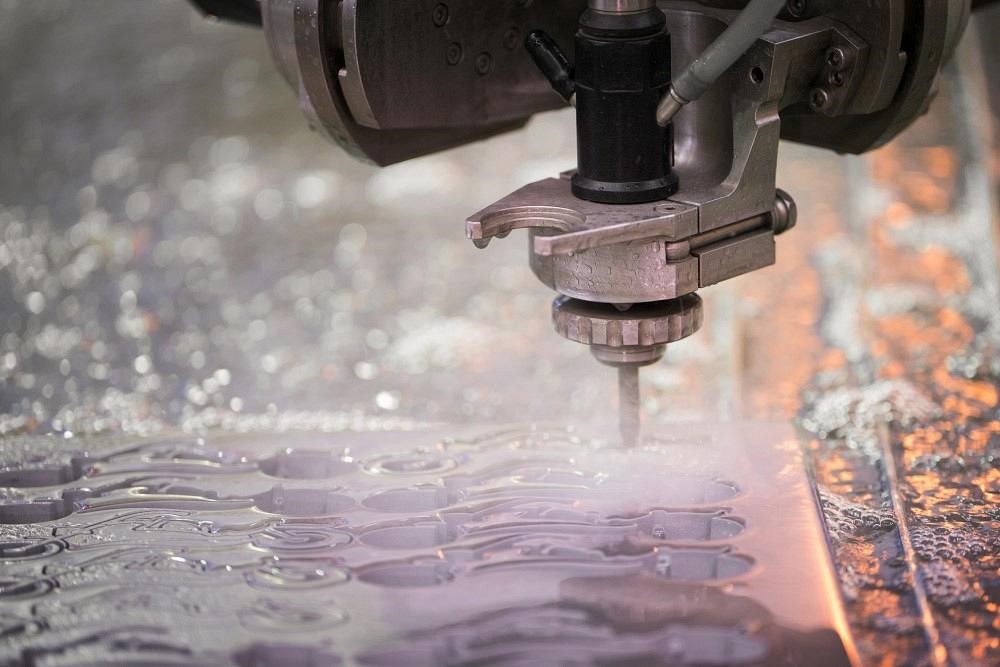Implementing Automated Solutions within Production Machining Operations
In the ever-evolving landscape of manufacturing manufacturing, the integration of automation into production processes has emerged as a revolutionary shift. As manufacturers strive for efficiency and exactness, methods like laser cutting have gained substantial recognition. These innovative cutting techniques not only boost the accuracy of cuts but also optimize production schedules, enabling manufacturers to meet growing demands with speed.

Automated systems in manufacturing cutting goes beyond mere tools; it represents a comprehensive transformation in how businesses function. By implementing robotic systems, organizations can minimize errors, reduce loss, and increase throughput. This change not only enhances the quality of products but also significantly lowers operational costs. As we analyze the adoption of automation into industrial cutting operations, it becomes clear that embracing these advancements is essential for manufacturers seeking to stay in the game in the ever-changing industrial environment.
Overview of Automation in Machining Techniques
The integration of technology into cutting methods is revolutionizing the production industry. As organizations seek increased efficiency, reliable quality, and reduced labor costs, automated cutting processes have become increasingly essential. This evolution is particularly evident in laser and waterjet machining, which utilize innovative solutions to offer precision and flexibility in multiple applications. By employing automation, manufacturers can optimize their operations while reducing human error and increasing productivity.
Automated systems enable seamless integration with computer-aided design and MFG software, making it easier to translate detailed designs into executed cutting instructions. With the capability to set up intricate patterns and details, producers can considerably reduce material waste and improve the efficiency of their production techniques. These systems also permit live monitoring and adjustments, ensuring that production lines operate efficiently and adapt to any variations in requirements or material properties.
Moreover, the use of automated robots in manufacturing improves safety and operational efficiency. By handling routine and hazardous tasks, robotic solutions help shield human workers and enable them to concentrate on more beneficial roles within the production environment. As the sector continues to advance, the scope for robotics in machining will only expand, fueling innovation and shaping the next phase of production.
Gains of Laser Cutting and Water Jet
The process of laser cutting offers exactness that is second to none in the manufacturing industry. The precisely aimed beam allows for complex designs and delicate details to be cut with precision. This level of exactness minimizes waste and ensures a cleaner finish on the edges of the components, lessening the need for further finishing processes. As a result, businesses can achieve higher quality standards in their products, boosting customer satisfaction and potentially leading to increased sales.
The process of waterjet cutting, on the other hand, is flexible and can effectively cut through a variety of materials, including metal alloys, ceramic composites, glass products, and plastics. laser and waterjet cutting service makes it a great choice for wide-ranging projects, covering artistic designs to industrial applications. The non-thermal cutting process eliminates any heat-affected zones, which can alter the properties of certain materials. This trait is particularly helpful in maintaining the stability of heat-sensitive elements and making sure that the substances maintain their native mechanical and thermal properties.
Both cutting technologies can significantly improve operational efficiency. They allow for faster production times relative to traditional cutting methods, translating to quicker turnaround for tasks. Moreover, these robotized processes can be smoothly integrated into existing manufacturing workflows, resulting in streamlined operations and lowered labor costs. As industries continue to look for ways to improve productivity and diminish waste, the implementation of these cutting technologies is increasingly crucial.
Upcoming Developments in Industrial Machining Mechanization
As technology keeps to progress, the outlook of industrial cutting automation appears promising, especially with the integration of cutting-edge machine learning. Companies are increasingly utilizing AI to enhance machining processes, permitting for instant adjustments based on substrate differences and machining conditions. This adaptability not only enhances precision but also reduces raw material scrap, making processes more green and efficient. Businesses that leverage AI-driven systems are likely to gain a market advantage, boosting efficiency while preserving premium standards.
Moreover, the adoption of IoT tech is poised to revolutionize industrial cutting operations. By integrating cutting equipment to the web, manufacturers can gather and examine data to improve overall performance. IoT-enabled technologies will deliver data into machine capabilities, maintenance requirements, and production statistics, allowing foreseeable upkeep and cutting down on inactive time. This integration is also foreseen to enable remote monitoring and management of cutting processes, permitting technicians to respond quickly to any challenges that may occur.
To sum up, the increase of blended cutting methods, which combine different approaches like light-based and waterjet machining, is becoming progressively popular. Such approaches provide the capability to tackle a wider variety of materials and thicknesses with improved effectiveness. The advancement of multi-purpose machining tools that can effortlessly switch between processes will presumably drive innovation in formulation and production. As industries seek to improve operational abilities, the embrace of hybrid solutions will accelerate, leading to more flexible and effective operational settings.